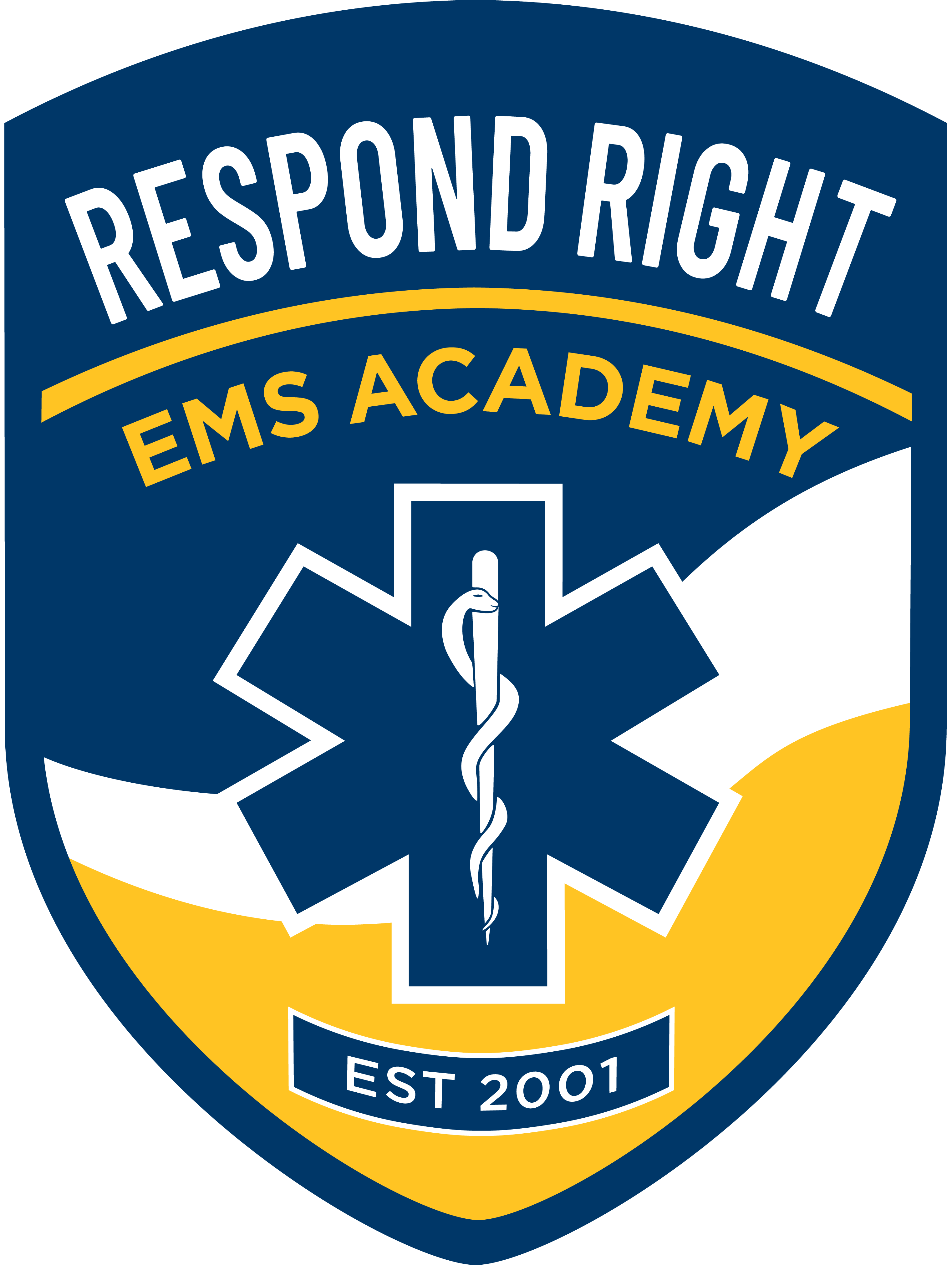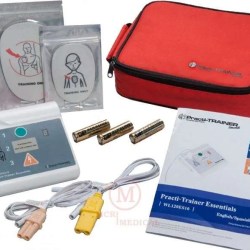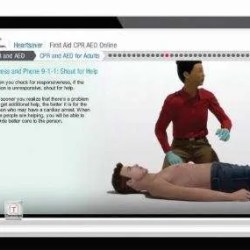
Completing your paramedic or EMT training is a major milestone, and it opens the door to a wide range of rewarding career paths. Whether you’re just starting out or considering your next move in emergency medical services, understanding your options can help you build a meaningful, long-term career in healthcare. With the right focus and continued learning, you can advance your career in EMS and make a lasting impact in the field.
Let’s break down the opportunities waiting for you after finishing your EMT/Paramedic continuing education program.
1. Ambulance Services
Most EMTs and paramedics begin their careers working for private or public ambulance services. It’s fast-paced, hands-on, and gives you experience responding to a wide range of emergencies. You’ll be the first on the scene, providing critical care and transporting patients safely to hospitals. get started with our Hybrid EMT Course if you’re looking for flexible training options.
2. Fire Departments
Many fire departments across the U.S. require EMT or paramedic certification. This is a great path if you’re interested in both emergency medical response and fire services. Paramedic training can make you more competitive for these roles, especially in urban departments where the volume of medical calls is high.
3. Hospitals and Emergency Rooms
Some EMTs and paramedics work in emergency rooms or urgent care centers, assisting doctors and nurses in triaging patients and delivering initial treatments. It’s a different pace from fieldwork and can be a good fit for those who enjoy a clinical environment.
4. Flight or Critical Care Paramedic
After gaining some experience, you might want to specialize. Flight paramedics work on air ambulances and handle high-acuity patients. You’ll need additional certifications and training, but the reward is working in a high-intensity, high-impact setting.
5. Tactical Medic or Law Enforcement Support
Tactical medics work with SWAT or other law enforcement units to provide on-the-spot emergency care in dangerous environments. This role requires specialized training but offers a unique combination of EMS and tactical operations.
6. EMS Instructor or Educator
If you enjoy teaching and mentoring, becoming an EMS instructor is a great way to shape the next generation of EMTs and paramedics. After gaining field experience, you can complete a 40-Hour EMS Instructor Course to get certified to teach.
7. Industrial or Corporate EMT
Companies in industries like oil and gas, mining, and manufacturing often employ EMTs and paramedics to respond to on-site emergencies. These positions often come with competitive pay and structured hours, making them attractive for those looking to step away from shift work.
8. Event or Entertainment Industry Medic
Large events, concerts, and film productions need onsite EMS professionals to ensure safety for crew, performers, and attendees. If you like the idea of working behind the scenes at big events, this could be a fun and flexible option.
Final Thoughts
Your EMT or paramedic certification doesn’t limit you—it launches you into a world of opportunity. Whether you’re aiming for fast-paced emergency response, teaching, or a specialized career in flight or tactical medicine, there’s a path that fits your interests and goals.
With the right training and support, your future in emergency medical services can be both fulfilling and impactful.























